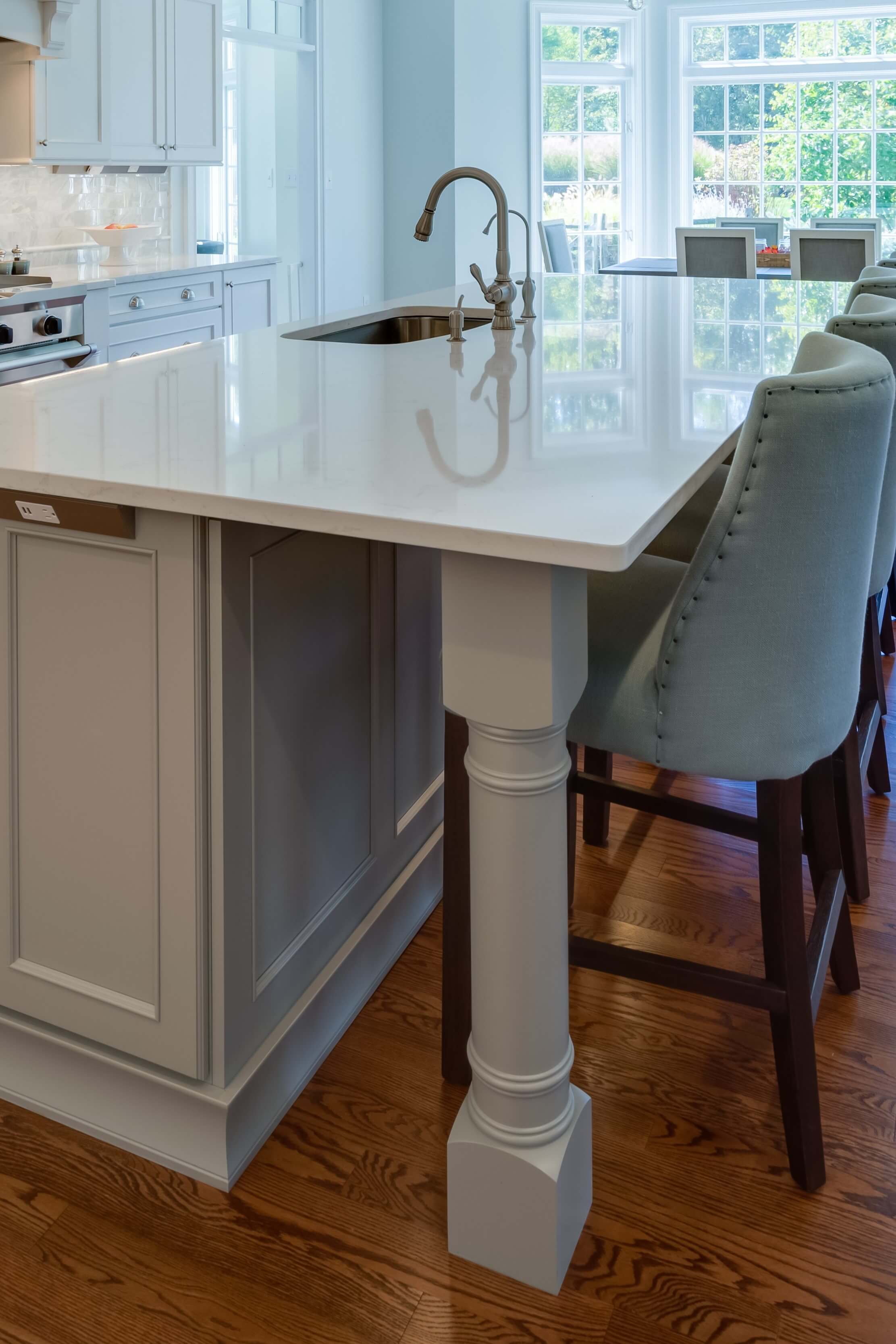Accomplish the Perfect Balance of Type and Function with Legs For Kitchen Island
Accomplish the Perfect Balance of Type and Function with Legs For Kitchen Island
Blog Article
A Guide to Selecting the Perfect Legs For Kitchen Island for Your Home
Selecting the optimal legs for your cooking area island is a nuanced decision that influences both the performance and visual charm of this central space. Elements such as elevation, products, and design play a vital function in harmonizing your island with the total cooking area style. In addition, understanding the value of stability and upkeep can significantly affect your choice. As you think about these aspects, it becomes apparent that the ideal legs can change not only the appearance of your kitchen however likewise its usability for many years to find. What details functions should you prioritize in this choice process?

Recognizing Cooking Area Island Legs
When choosing legs for a cooking area island, it's vital to understand their functional and visual roles in the general style. The legs work as a crucial support system, making sure stability and resilience for the island, which frequently operates as a work area, eating location, or collecting area. The choice of material and building method must be durable adequate to withstand day-to-day use and potential wear.
In addition to their structural obligations, legs add substantially to the island's aesthetic appeal. They can improve the kitchen's style, whether via typical, contemporary, or eclectic styles. The elevation and proportion of the legs are also crucial factors to consider; they have to balance with the island's counter top elevation while making certain comfy seating for those utilizing the room.
Moreover, the leg layout can influence the total flow of the kitchen. Open, ventilated leg designs can produce a sense of agility, while solid, significant legs might convey a much more grounded and secure visual - Legs For Kitchen Island. Recognizing these functional and aesthetic facets will assist property owners in making notified options that complement their kitchen's layout and boost its use
Popular Styles and Products
The selection of legs for a kitchen area island incorporates a variety of preferred designs and materials, each offering special attributes that can improve both functionality and looks. Amongst one of the most desired styles are modern, rustic, and standard. Contemporary legs commonly feature sleek, minimalist designs that emphasize simplicity and clean lines, making them optimal for modern kitchens. Rustic styles, on the other hand, welcome natural elements and typically showcase redeemed wood or distressed finishes, including warmth and beauty to the area. Traditional legs usually show ornate details and craftsmanship, improving classic kitchen layouts.

Elevation and Security Considerations

The legs of the kitchen area island ought to give adequate support, making sure that the structure can withstand everyday use without shifting or tottering. Product choice plays a considerable role in security; metal legs, for circumstances, have a tendency to supply better strength compared to wood.
Matching Your Kitchen Visual
Picking the appropriate legs for your kitchen island goes beyond capability; it also plays a considerable role in the overall aesthetic of the area (Legs For Kitchen Island). When picking legs, consider the layout style of your cooking area.
Legs that enhance or comparison with your island's surface area and surrounding kitchen cabinetry can develop aesthetic consistency or striking focal factors. In addition, take into consideration the finish of the legs; matte, glossy, or textured coatings can substantially affect the overall feeling of the cooking area.
Installation and Upkeep Tips
Mounting cooking area island legs calls for mindful attention to information linked here to make sure both stability and visual charm. Use a stud finder to find wall studs if you are attaching the legs to a wall or using braces for included assistance.
When protecting the legs, utilize high-grade screws and, if required, timber adhesive for extra toughness. For steel legs, make certain that you are making use of appropriate supports and tools to avoid damage to your floor covering. It is suggested to inspect for levelness after installment, making modifications as required to avoid tottering.
Tidy the legs with a suitable cleaner, avoiding rough products that might damage the surface. By complying with these setup and upkeep tips, you can make certain that your kitchen island legs stay both visually appealing and functional.
Final Thought
In final thought, selecting the proper legs for a cooking area island necessitates mindful factor to consider of height, stability, and aesthetic compatibility. By selecting appropriate products and designs that straighten with the general kitchen area style, performance can be enhanced while maintaining visual charm. Proper installment and recurring maintenance better add to the resilience and durability of the kitchen area island. Eventually, thoughtful leg choice plays a crucial role in boosting both the functionality and style of the cooking area room.
When choosing legs for a cooking area island, it's essential her comment is here to understand their aesthetic and useful functions in the overall design. Open, airy leg styles can create a feeling of agility, while solid, significant legs may communicate a much more based and official website stable aesthetic. The legs of the kitchen island need to supply appropriate support, ensuring that the framework can hold up against day-to-day use without tottering or changing.Installing kitchen area island legs requires cautious attention to information to ensure both stability and visual allure.In final thought, choosing the appropriate legs for a cooking area island requires cautious factor to consider of height, stability, and visual compatibility.
Report this page